PsychNewsDaily Publishers
100 Summit Drive
Burlington, MA, 01803
Telephone: (320) 349-2484
PsychNewsDaily Publishers
100 Summit Drive
Burlington, MA, 01803
Telephone: (320) 349-2484
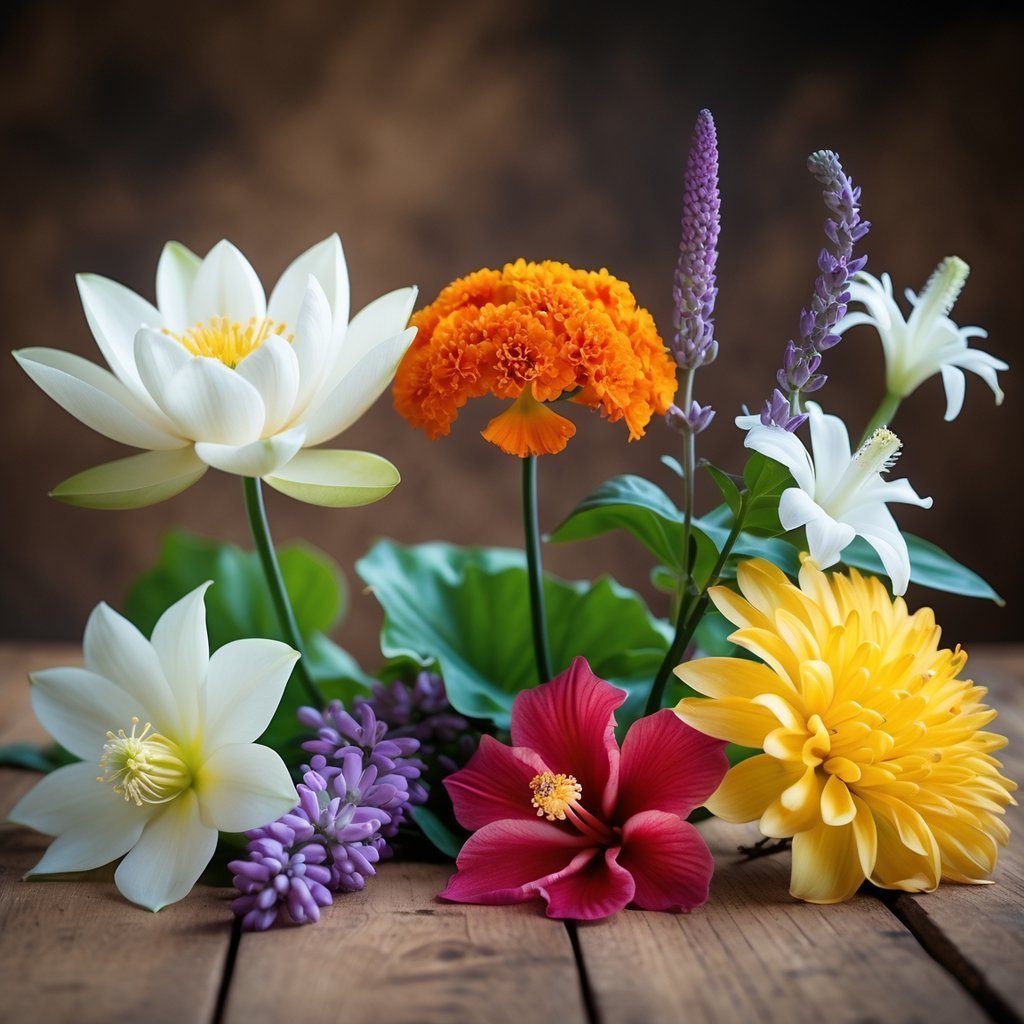
Flowers have played a role in sacred rituals across countless cultures for ages. They’re not just pretty—these blooms often hold deep meaning and symbolize powerful spiritual ideas.
When you start learning about these flowers, you get a peek into how people everywhere try to connect with something greater than themselves.
Certain flowers show up in rituals to stand for things like purity, love, and growth. That makes them feel special in religious and cultural ceremonies.
These blooms bridge the gap between daily life and what’s sacred, reminding us of the shared human respect for nature and spirituality.
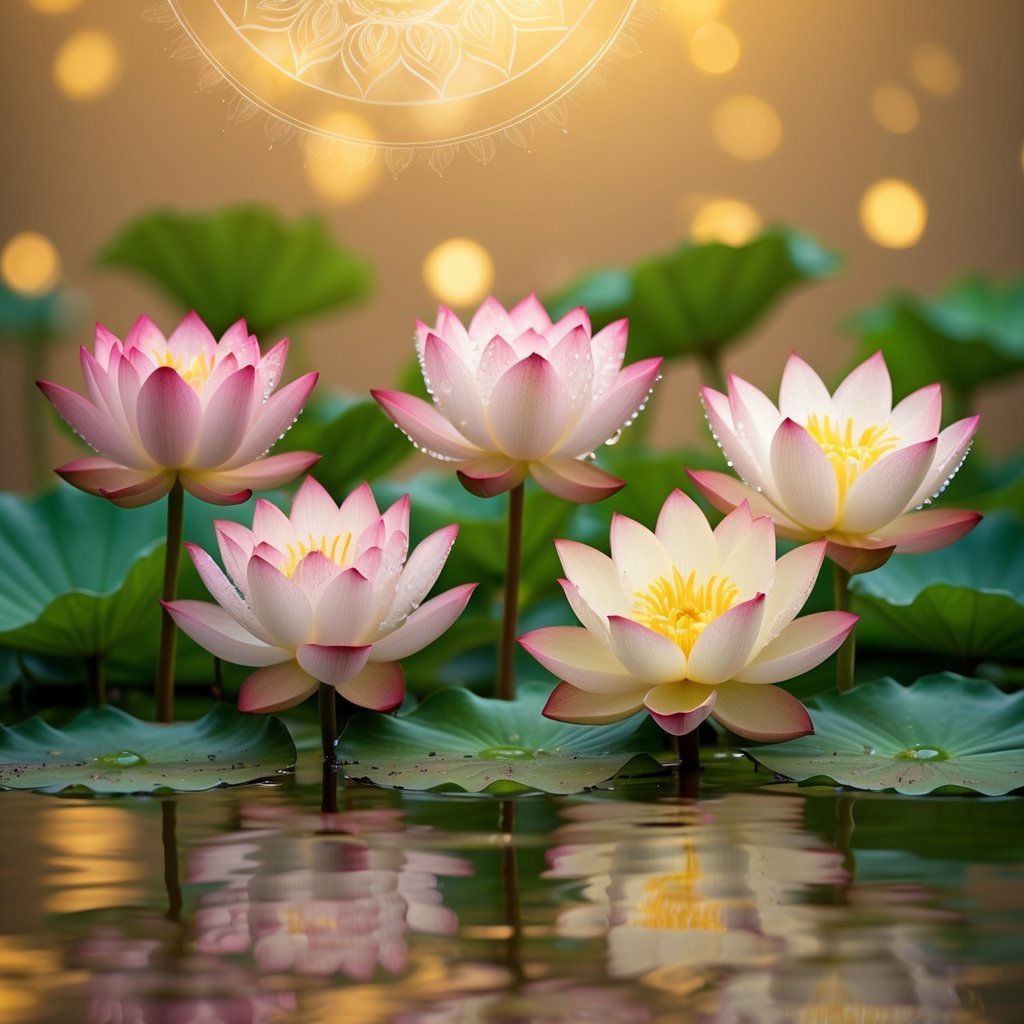
You’ll spot the lotus flower all over Hinduism and Buddhism. It stands for purity since it grows out of muddy water but somehow blooms spotlessly.
In Hinduism, people use the lotus to show spiritual growth and the ability to remain pure even when things get tough. It’s also a sign of enlightenment, hinting that you can rise above your problems.
Buddhists see the lotus as a symbol of awakening and transformation. It’s a reminder that, like the flower, you can push through difficulties and become your best self.
You’ll find the lotus in temples, artwork, and rituals. For a lot of people, it’s a sacred part of spiritual life.

The rose means a lot in Christianity. People often link it to the Virgin Mary, who’s called the “Mystical Rose,” which points to her purity and deep love.
Red roses stand for Christ’s passion, his suffering, and love for God. White roses, though, symbolize purity and innocence.
When you see roses in churches or at ceremonies, they remind you of divine love and hope. The beauty of the rose just seems to help people feel closer to faith and spiritual truth.
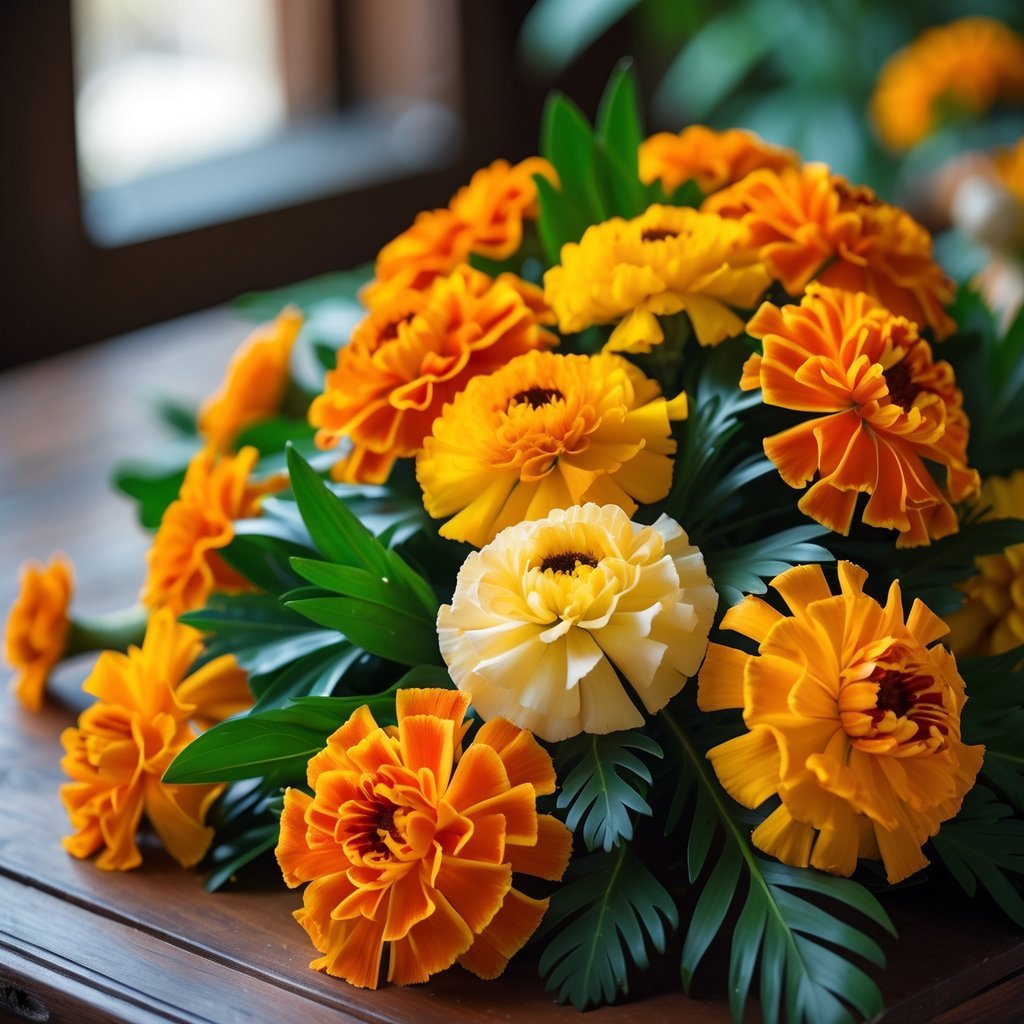
Marigolds play a big role in both Hindu and Mexican traditions. In Hindu culture, folks use marigolds during festivals and religious rituals.
Their bright colors stand for purity and the sun’s energy.
In Mexico, marigolds are everywhere during Day of the Dead celebrations. People decorate altars and graves with them, believing the strong scent helps guide spirits of loved ones home.
The bold orange and yellow petals bring warmth and life to these ceremonies. They really tie together ideas of life, death, and memory.
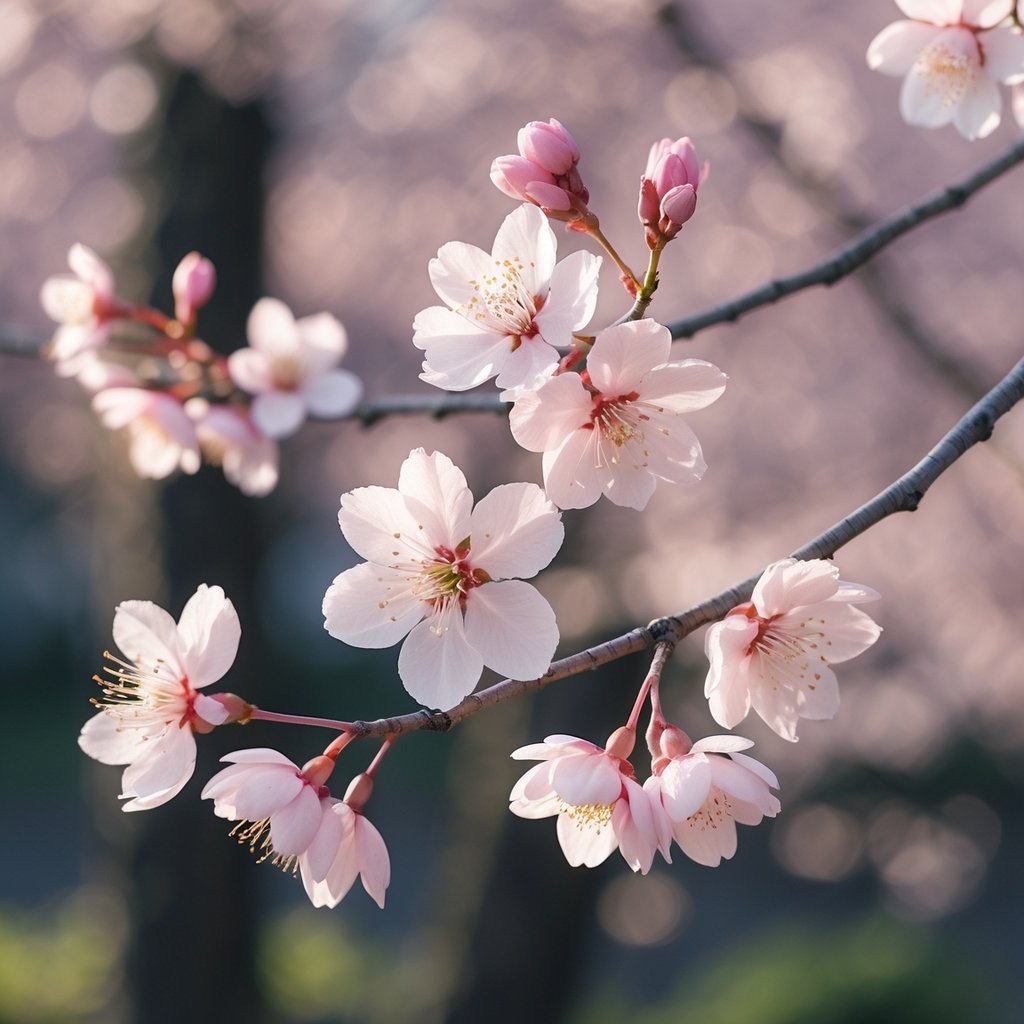
When you see cherry blossoms—sakura—you’re looking at a powerful symbol in Japan. In Shinto tradition, these flowers remind you that life’s beautiful but short.
They bloom for just a few weeks, which makes you think about how quickly moments pass.
Sakura also stands for renewal. The blossoms mark the start of spring, nudging you to consider new beginnings and hope.
People in Japan gather for hanami, or flower viewing, to enjoy sakura together. This tradition encourages everyone to appreciate the present and the fleeting beauty right in front of them.

You’ll spot jasmine flowers at weddings and festivals across South Asia. Their sweet scent and delicate white petals are hard to miss.
People use jasmine to decorate bridal hairstyles and make garlands for couples.
In spiritual ceremonies, jasmine means purity and divine blessings. Folks offer these flowers to gods like Vishnu and Lakshmi.
They also use jasmine to purify spaces and bring in good energy.
Adding jasmine to your celebrations gives everything a gentle, meaningful touch. It connects you to a long tradition of love, respect, and spirituality.
Honestly, the simple beauty of jasmine carries a lot of meaning in many rituals you might come across.
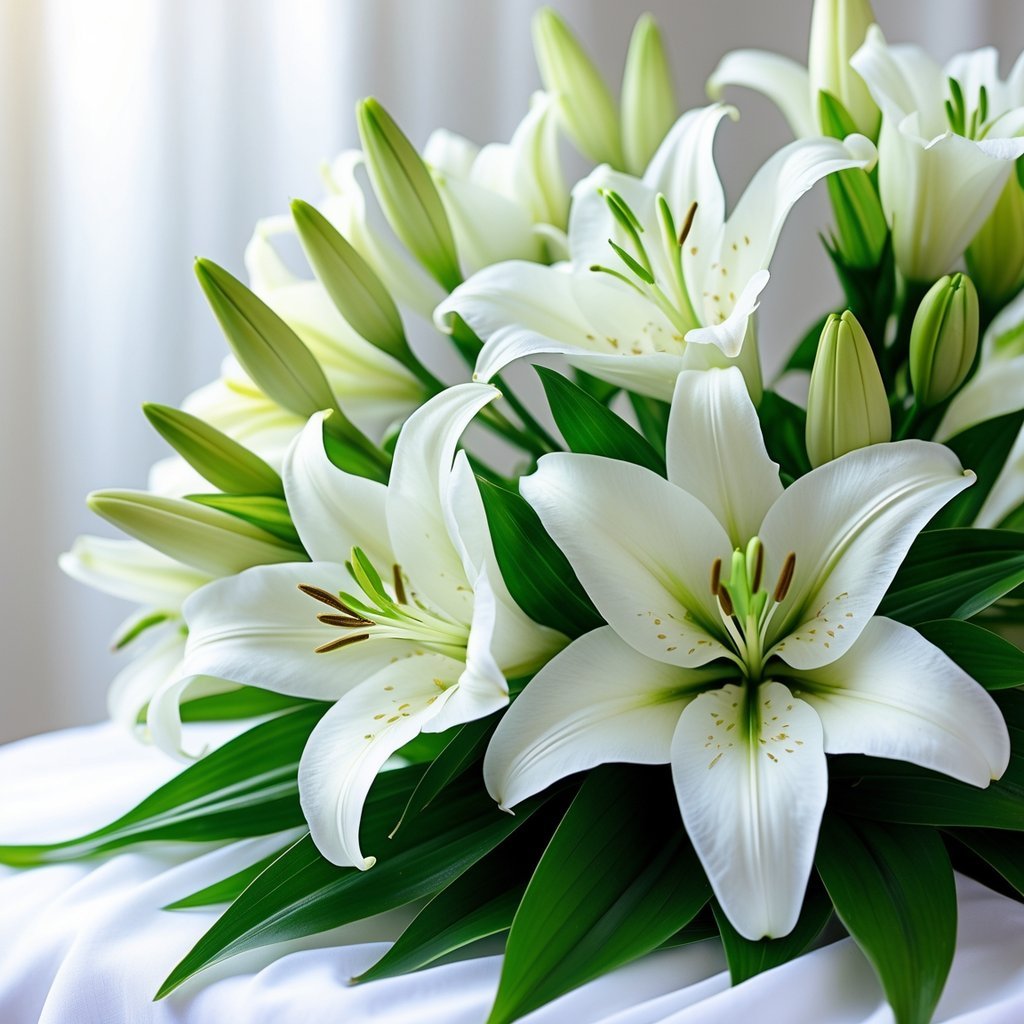
You’ll spot lilies all over Christian ceremonies, especially around Easter. People use them to represent purity and new life, a reminder of Jesus Christ’s resurrection.
The white lily connects closely to the Virgin Mary. It stands for innocence and holiness, and honestly, it’s hard not to feel something hopeful when you see those flowers in a church.
Lilies invite you to think about purity in your own heart. They bring a sense of peace and deeper meaning to sacred moments.